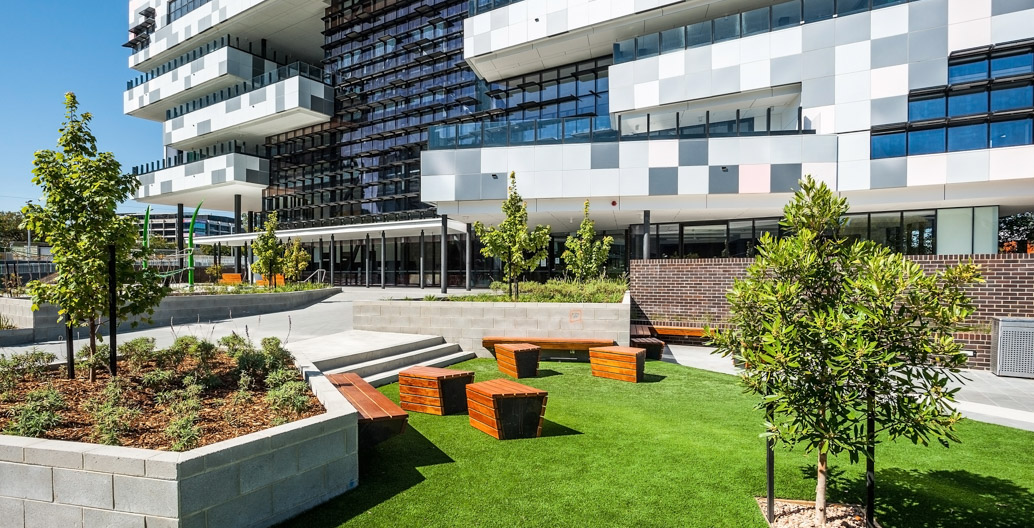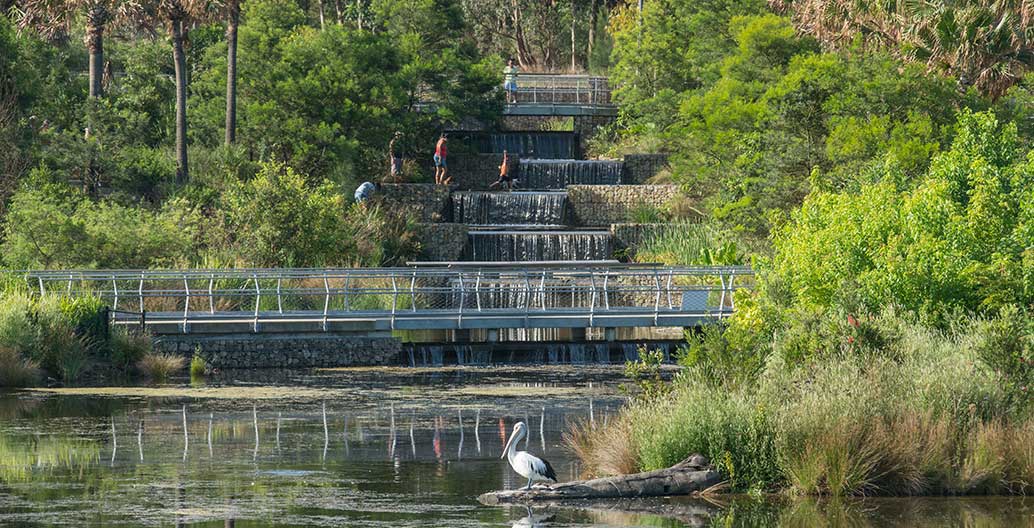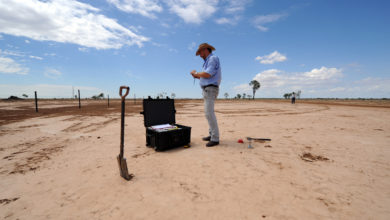
The Foreground Five: April’s most-read stories
A fenceless school for the 21st Century, greening, cooling and branding the city, and…mozzies: here are April’s most popular stories.
1. A fenceless, vertical school in Melbourne trades hard borders for close-knit community
“South Melbourne Primary School presents a rich case study that recognises sensual, as well as rational, cognition as part of the schooling process. The school also seems to have taken the adage ‘it takes a village to raise a child’, to heart.”
A new primary school in South Melbourne does away with the formal conventions of schools past to create a school shaped for the 21st-century city.
2. From grey to green infrastructure: How local governments are re-making Melbourne

“New York worked out that for every dollar they invested in their urban forests they got a return of $5.60” – Ian Shears, @CityofMelbourne
Melbourne’s understanding of the value of green space has changed dramatically over the past 10 years, thanks in part to the quietly determined advocacy of public sector landscape architects. ASPECT Studios’ Kirsten Bauer speaks to three designers charting this tricky territory.
3. The city as billboard: Fed Square, Apple and brand urbanism

“Now, it seems Apple seeks to gain a similar kind of cultural capital from a geographical location that promises an ‘educated, interested, vibrant, activated’ population that will be constantly moving through it (and thus exposed to Apple’s product offerings).” – Nathania Gilson
The decision to plonk a flagship Apple store in the middle of Melbourne’s premier civic space, Federation Square, is part of a wider global trend of big business co-opting public realm to build brand cachet.
4. Avoiding the buzz kill: mozzies, wetlands and public health

“… mosquito-borne disease is a growing concern for health authorities around Australia, especially given record-breaking outbreaks of Ross River virus disease being recorded” – @mozziebites
With more and more urban creeks and wetlands around Australia undergoing restoration and re-naturalisation, entomologist Cameron Webb argues it’s time we built our cities with mosquitoes in mind.
5. Tackling urban heat with water in the landscape

“If the most effective microclimate cooling strategies rely on water, we need to think about where this water might come from. In Australia we’ve been focused for several decades on minimising water use, so shifting this thinking is a significant challenge.” – Alexa McAuley
Cooling our cities requires new (and old) thinking about designing with water.



